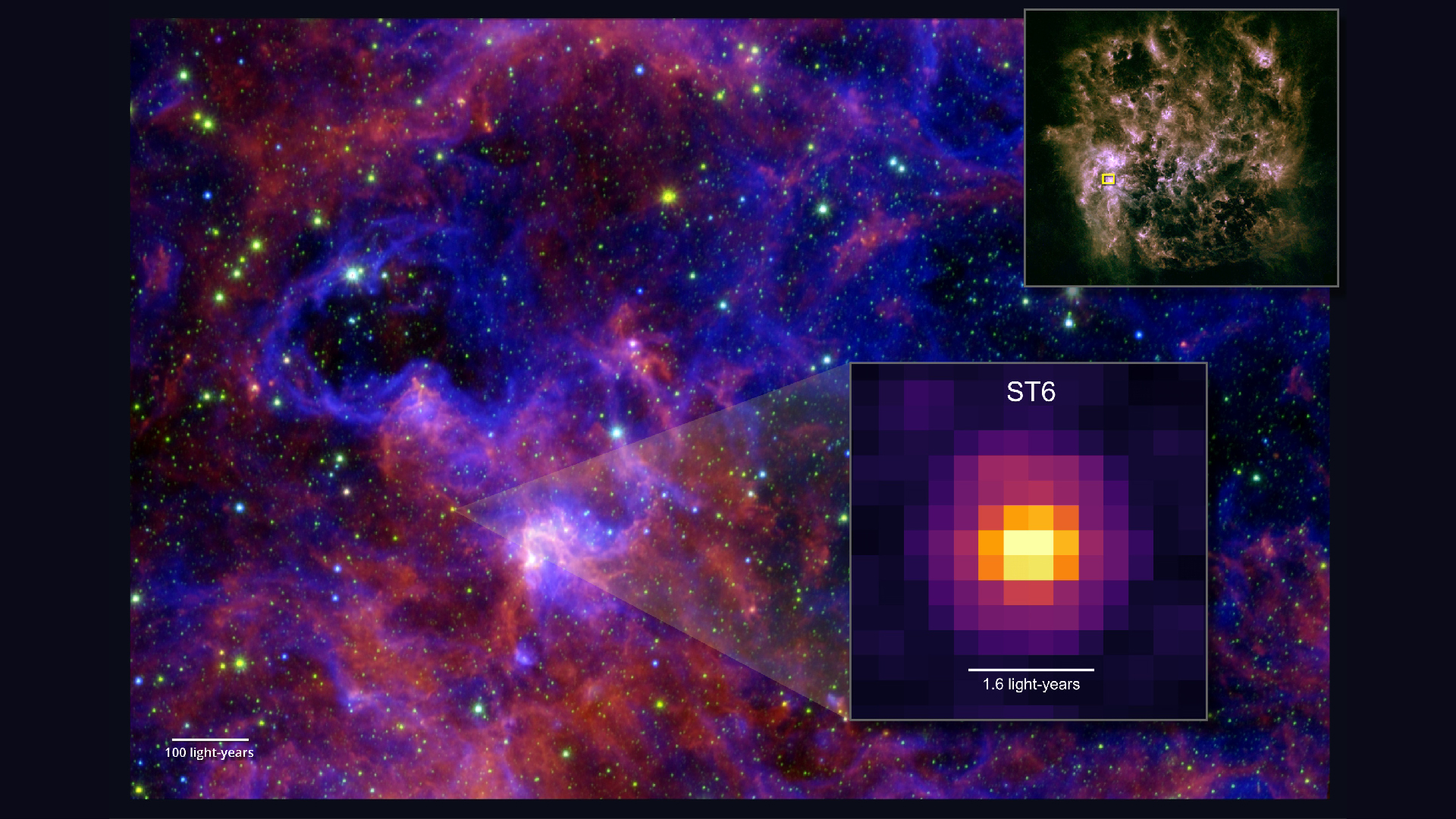Energy Savings from Shade Trees Documented
It's no surprise that a shade tree can cut your energy bill. But a new study documents the savings and details the best placement.
Shade trees on the west and south sides of a house in a hot part of California can reduce a homeowner's summertime electric bill by about $25 a year, the researchers found. While that might not sound like much, if employed by many homes in a state, the overall savings of electricity could be significant, the thinking goes.
The research, conducted last year on 460 single-family homes in Sacramento, is the first large-scale study to use utility billing data to show that trees can reduce energy consumption. The results were announced today.
"Everyone knows that shade trees cool a house. No one is going to get a Nobel Prize for that conclusion," says study co-author Geoffrey Donovan. "But this study gets at the details: Where should a tree be placed to get the most benefits? And how exactly do shade trees impact our carbon footprint?"
Donovan and a colleague chose homes in Sacramento because of the city's hot summers and the fact that most people use air conditioners. The Sacramento Municipal Utility District operates an active tree planting program and residents are eligible for up to 10 free trees annually through a program delivered in partnership with the Sacramento Tree Foundation.
Some of the study's key findings are:
- Placement of a tree is the key to energy savings. Shade trees do affect summertime electricity use, but the amount of the savings depends on the location of the tree.
- Trees planted within 40 feet of the south side or within 60 feet of the west side of the house will generate about the same amount of energy savings. This is because of the way shadows fall at different times of the day.
- Tree cover on the east side of a house has no effect on electricity use.
- A tree planted on the west side of a house can reduce net carbon emissions from summertime electricity use by 30 percent over a 100-year period.
In 2007, the Sacramento Municipal Utility District gave its customers about 16,000 free trees (at a cost of $85.00 a tree). The district will recoup this investment in 26 years provided trees are planted on the west side of a house.
Get the world’s most fascinating discoveries delivered straight to your inbox.
"Because homeowners experience virtually none of the carbon benefits of tree planting," says Donovan, "a subsidy to encourage tree planting seems warranted. Indeed, many of the benefits of urban trees have been shown to spill over to others in the community."
Donovan, a research forester with the Forest Service's Pacific Northwest (PNW) Research Station, is a co-author of the report with economist David Butry of the National Institutes of Standards and Technology. The report, "The Value of Shade: Estimating the Effect of Urban Trees on Summertime Electricity Use," has been submitted for publication to the journal Energy and Buildings.

